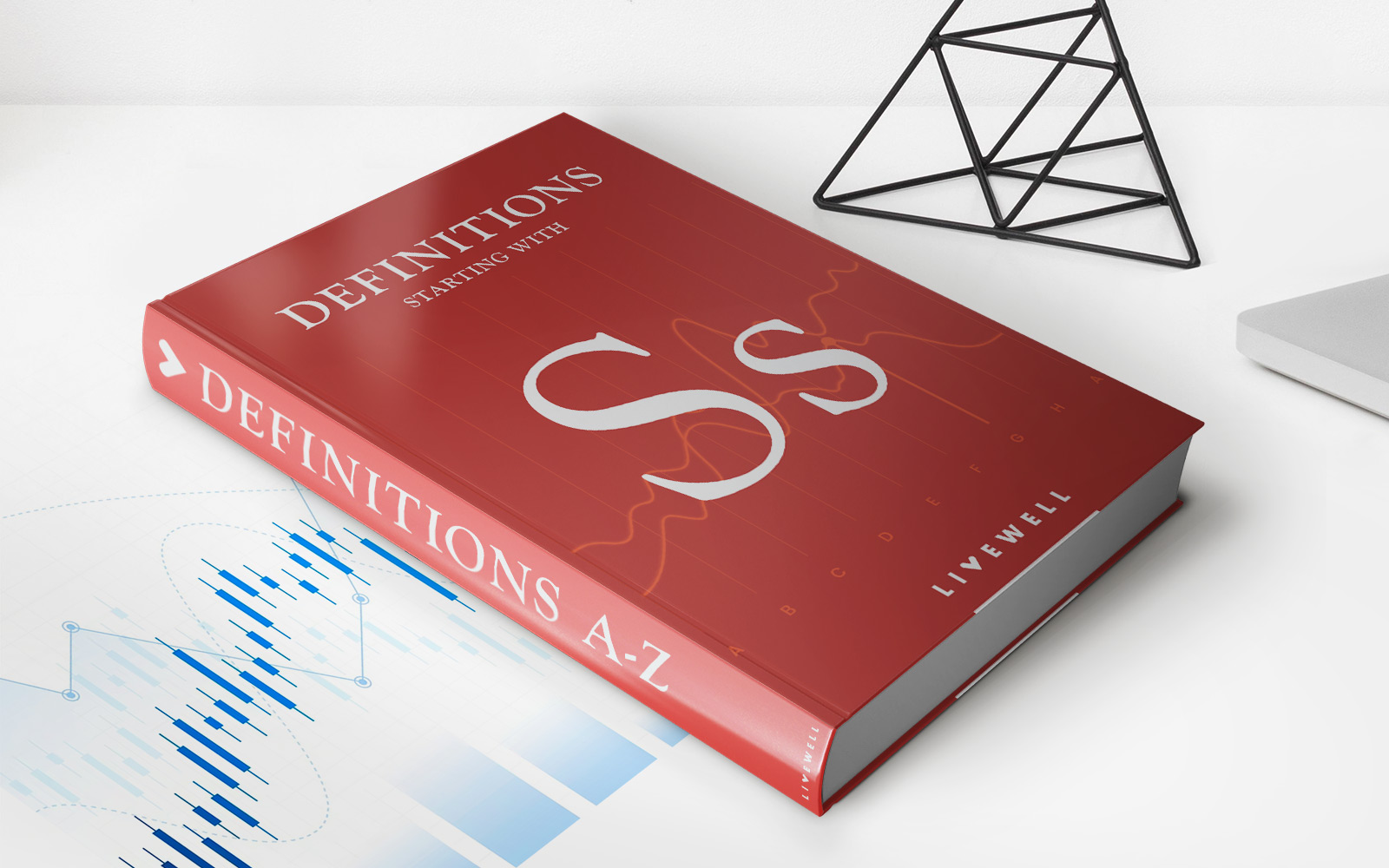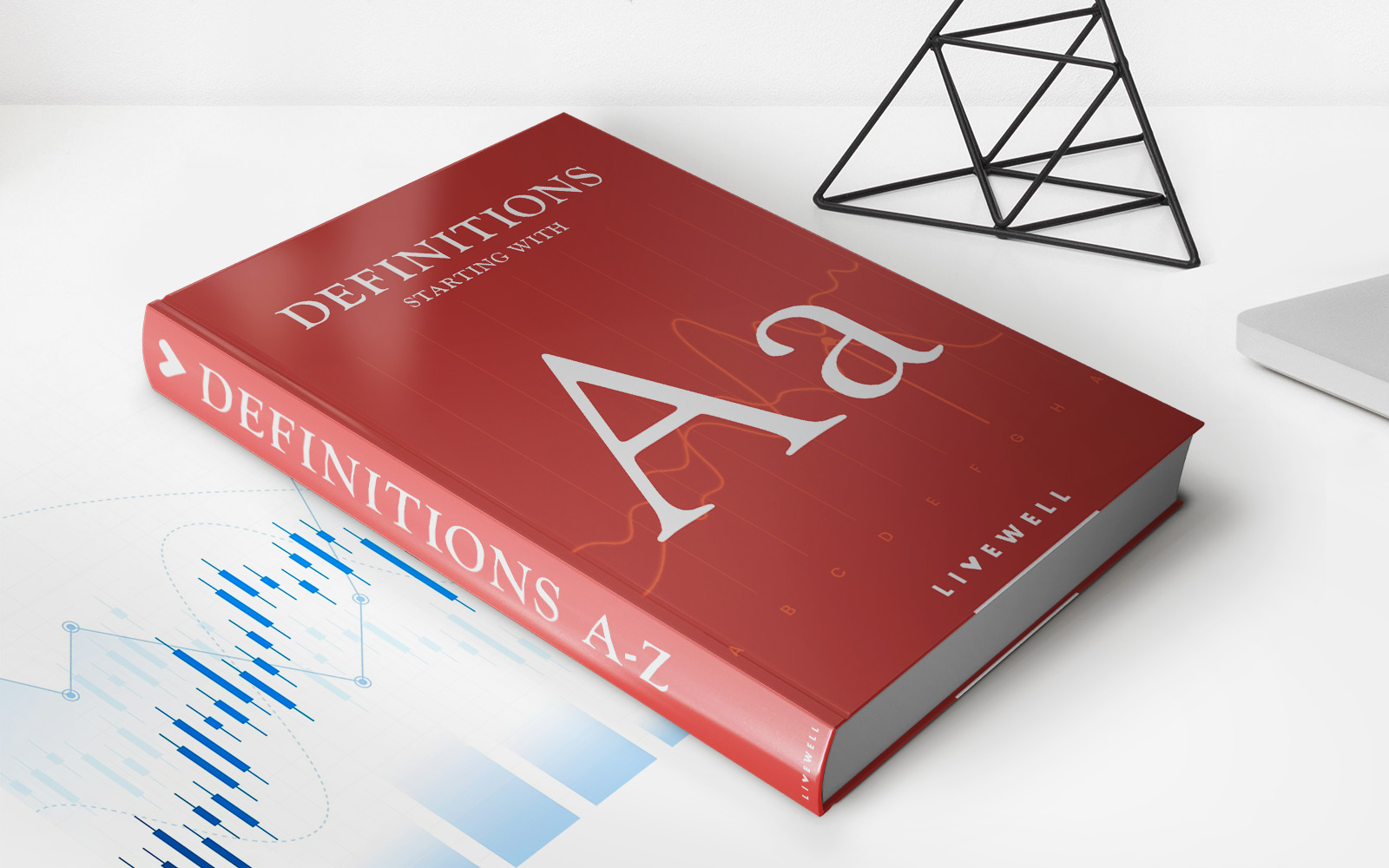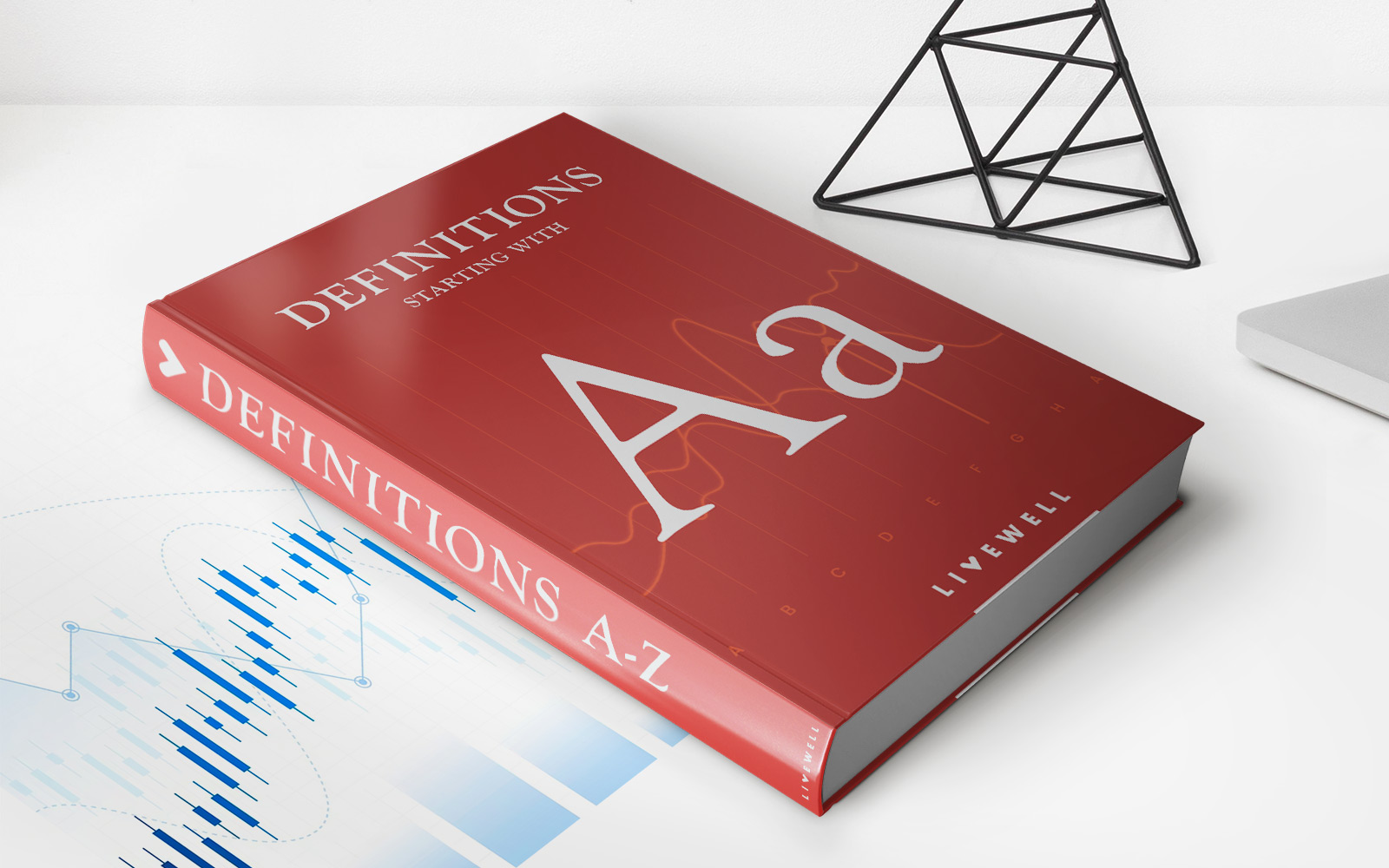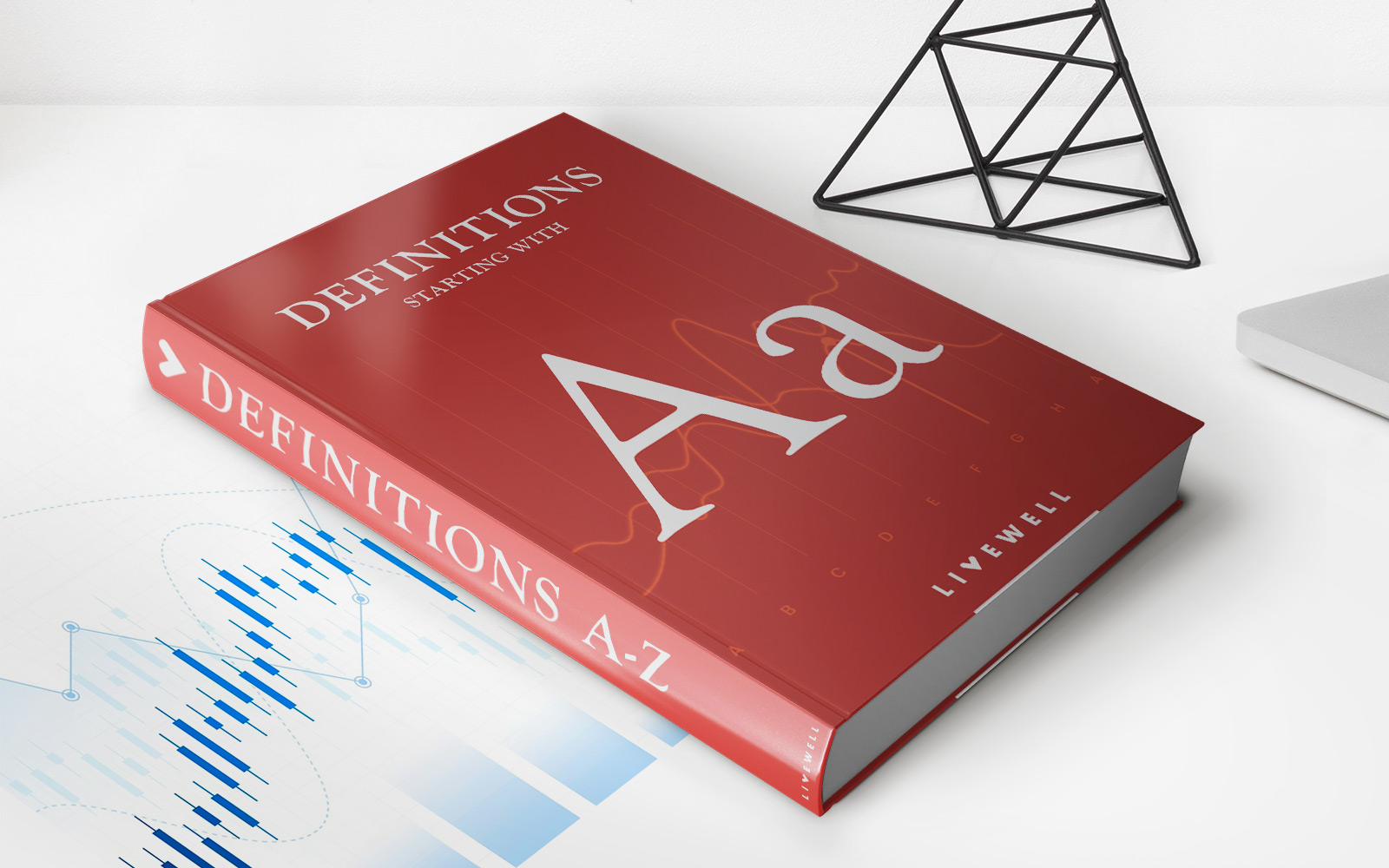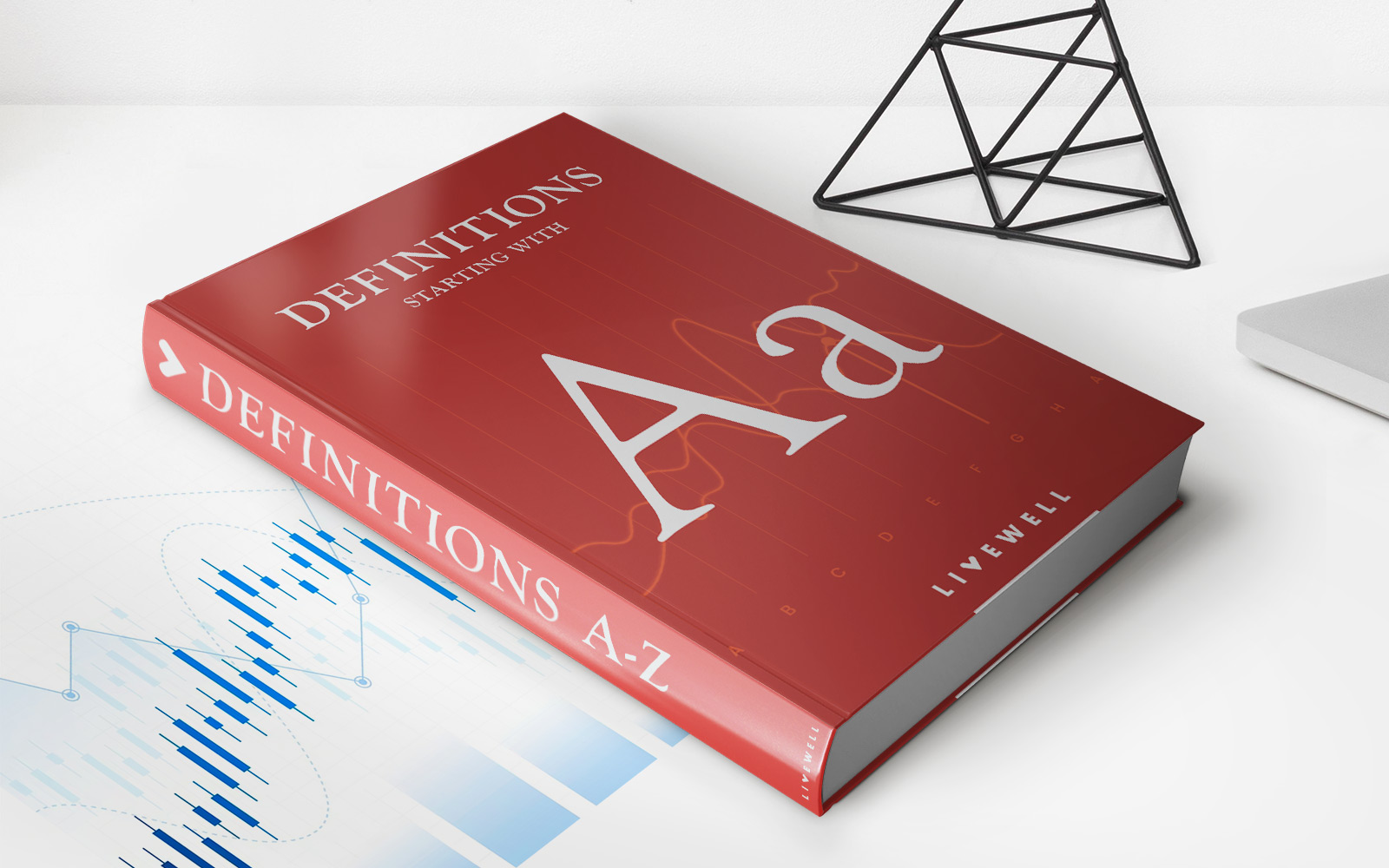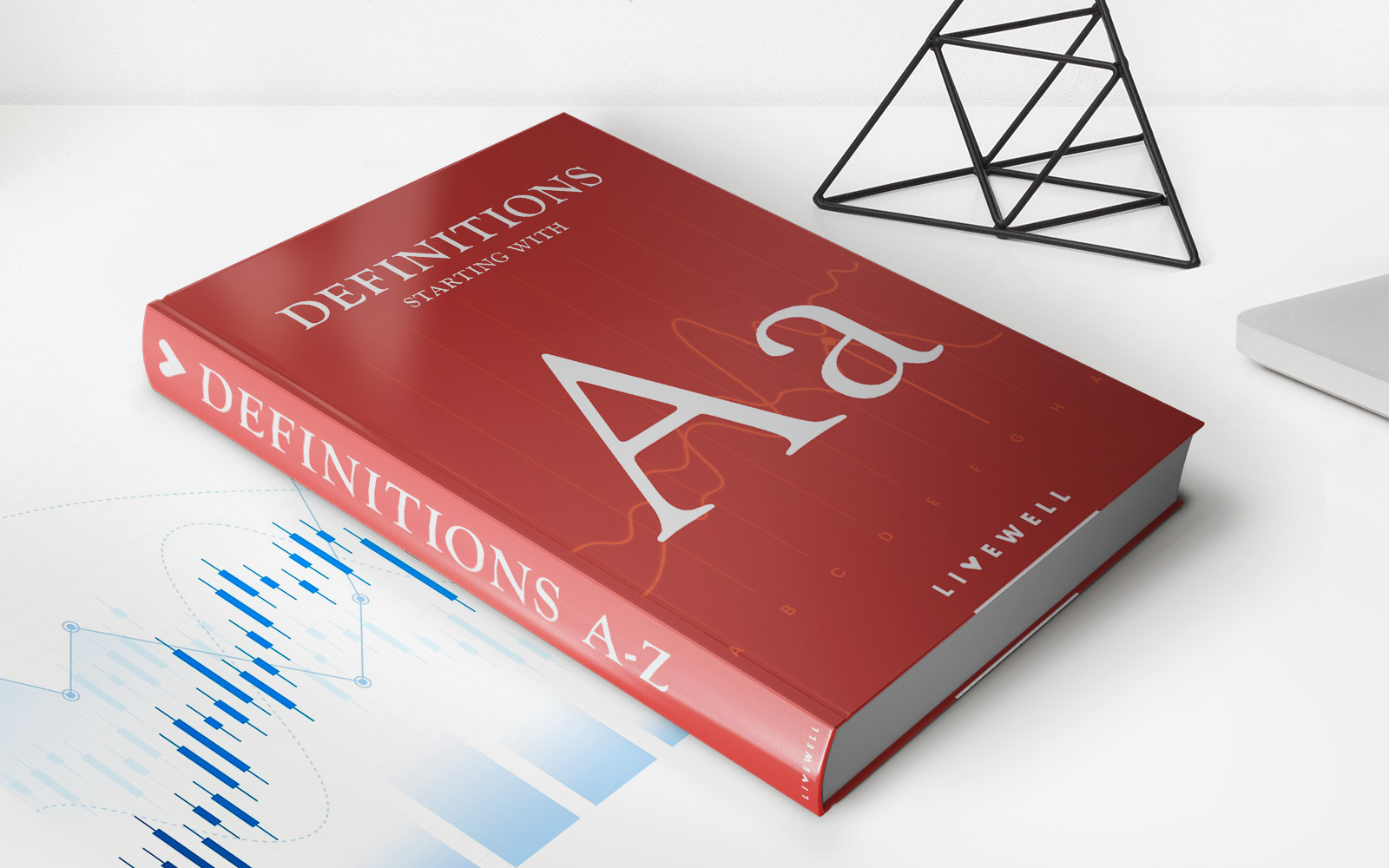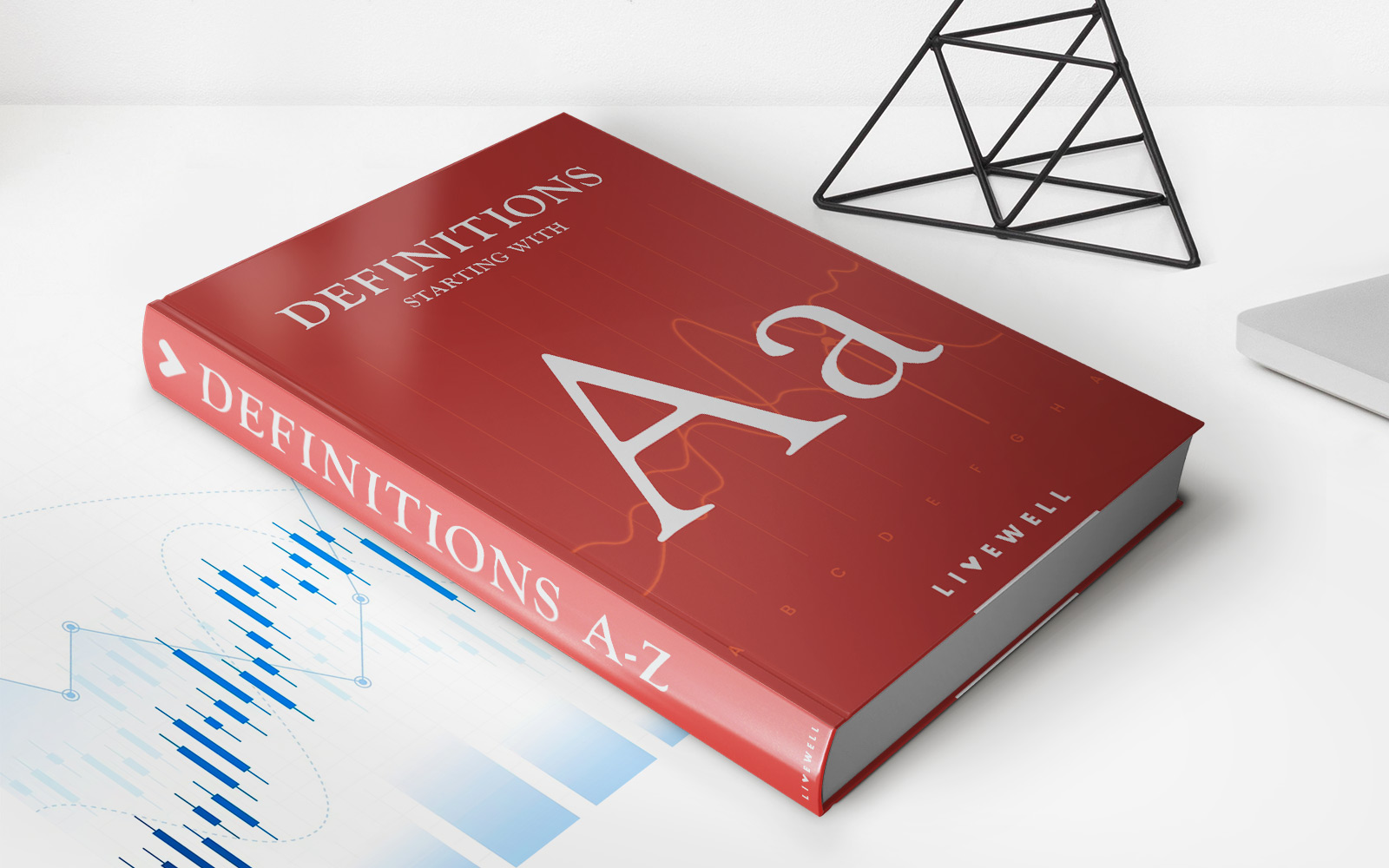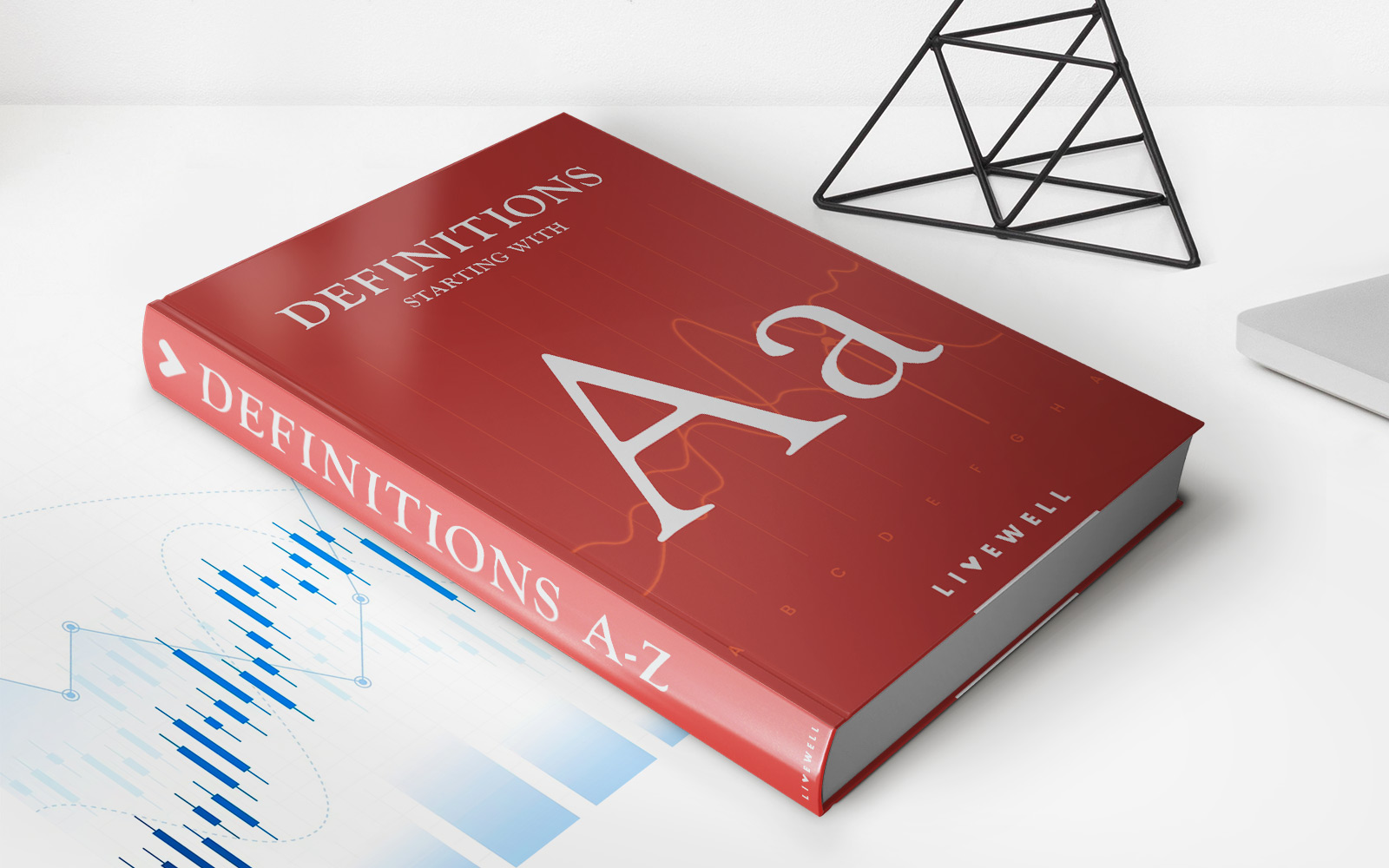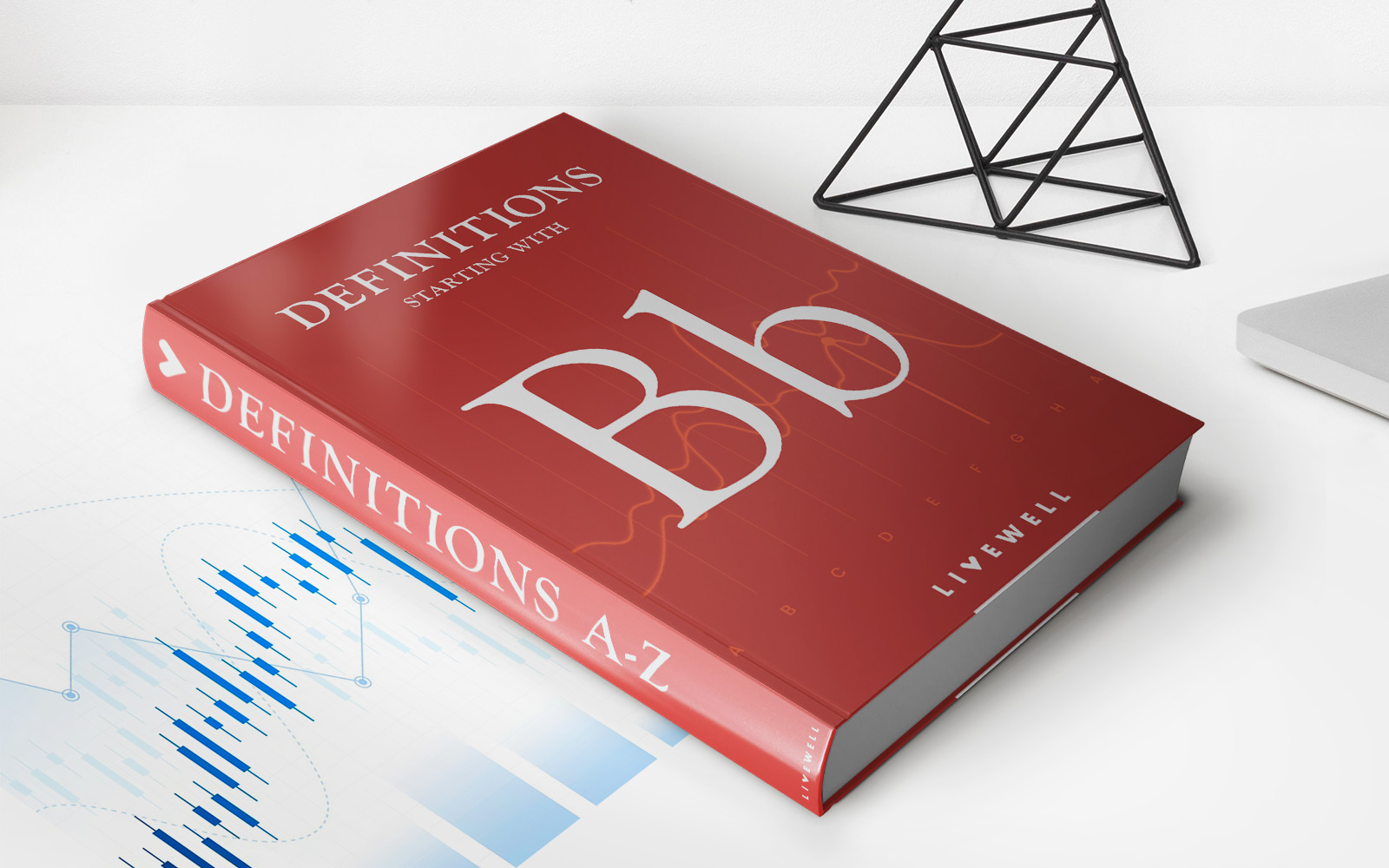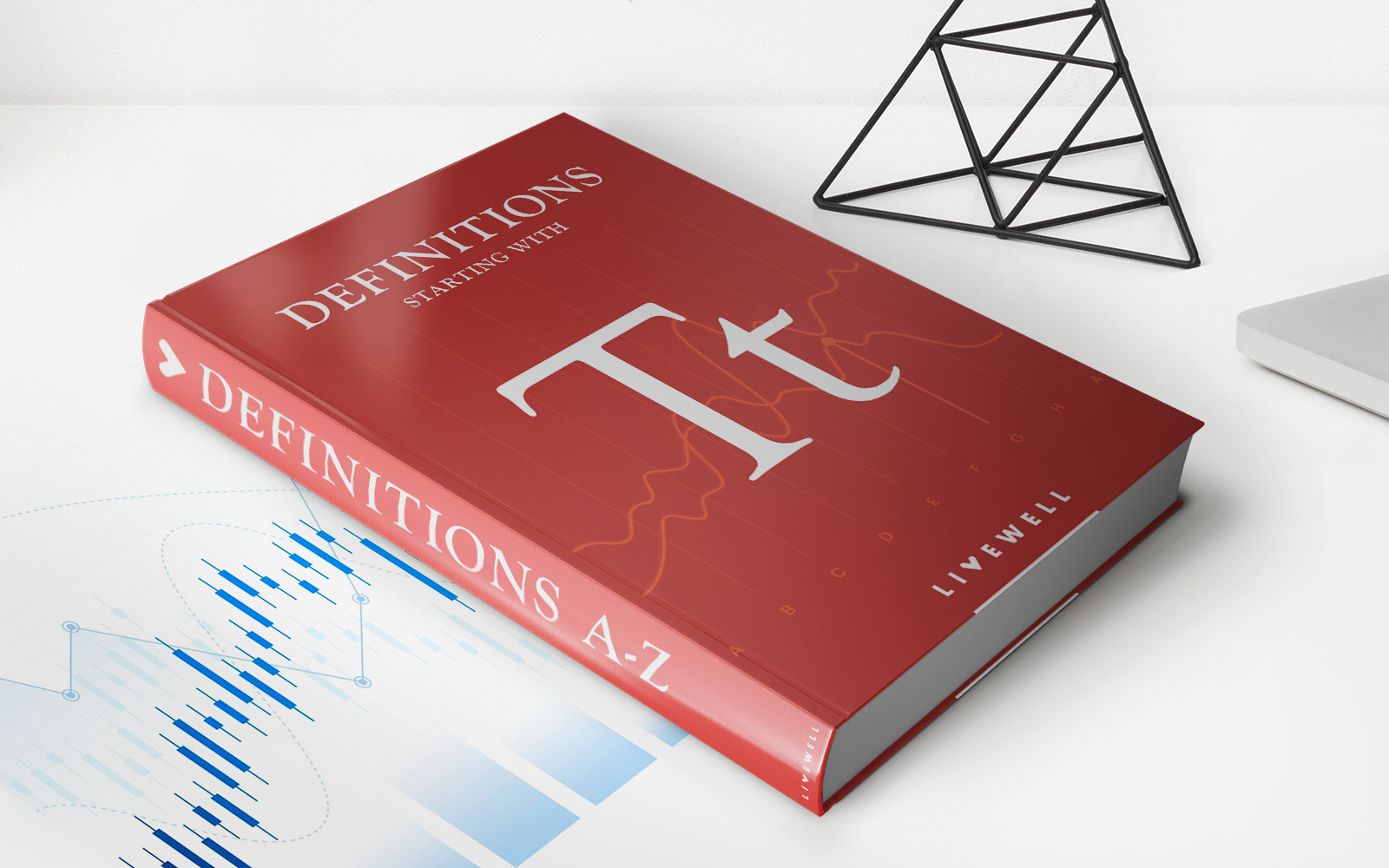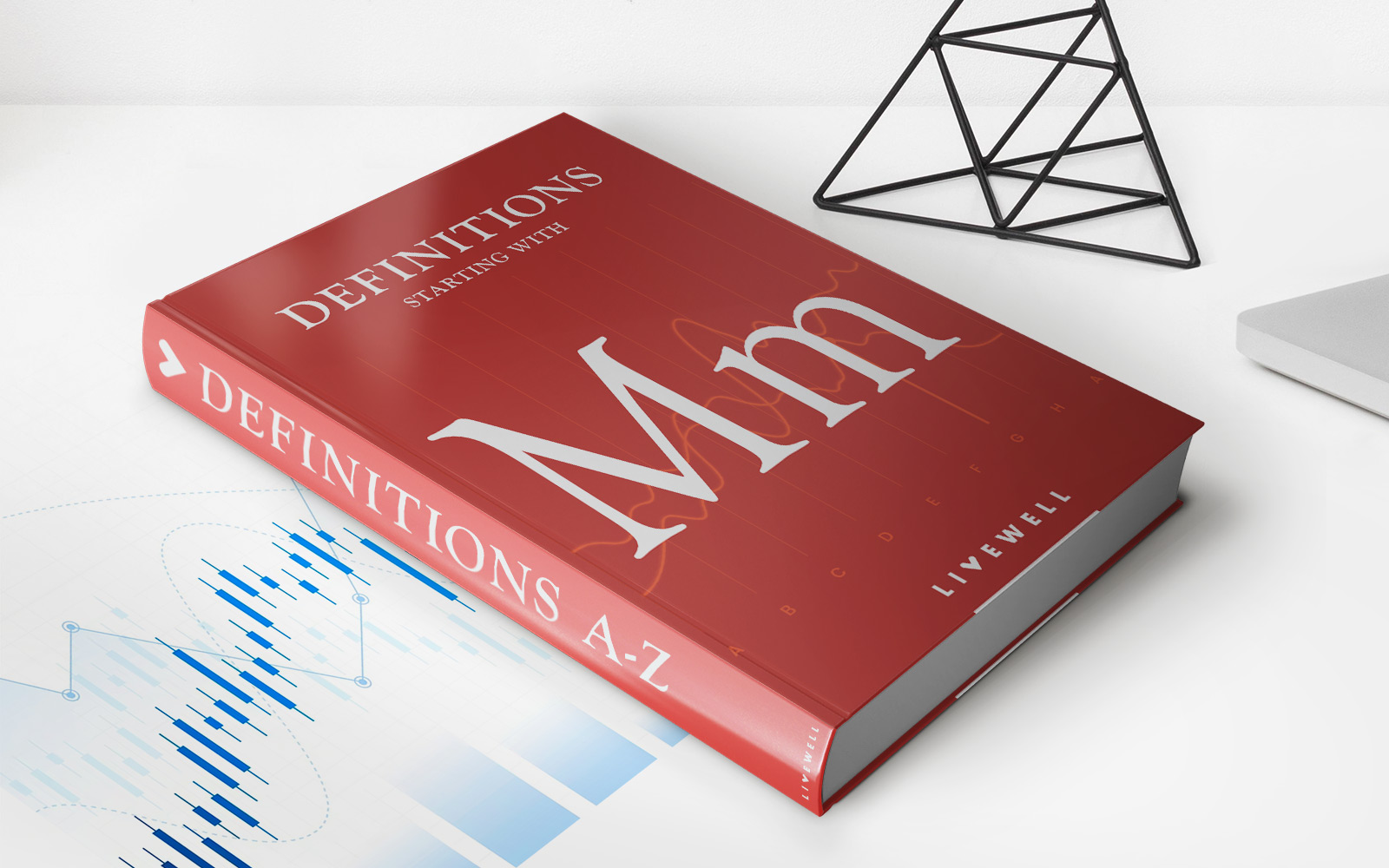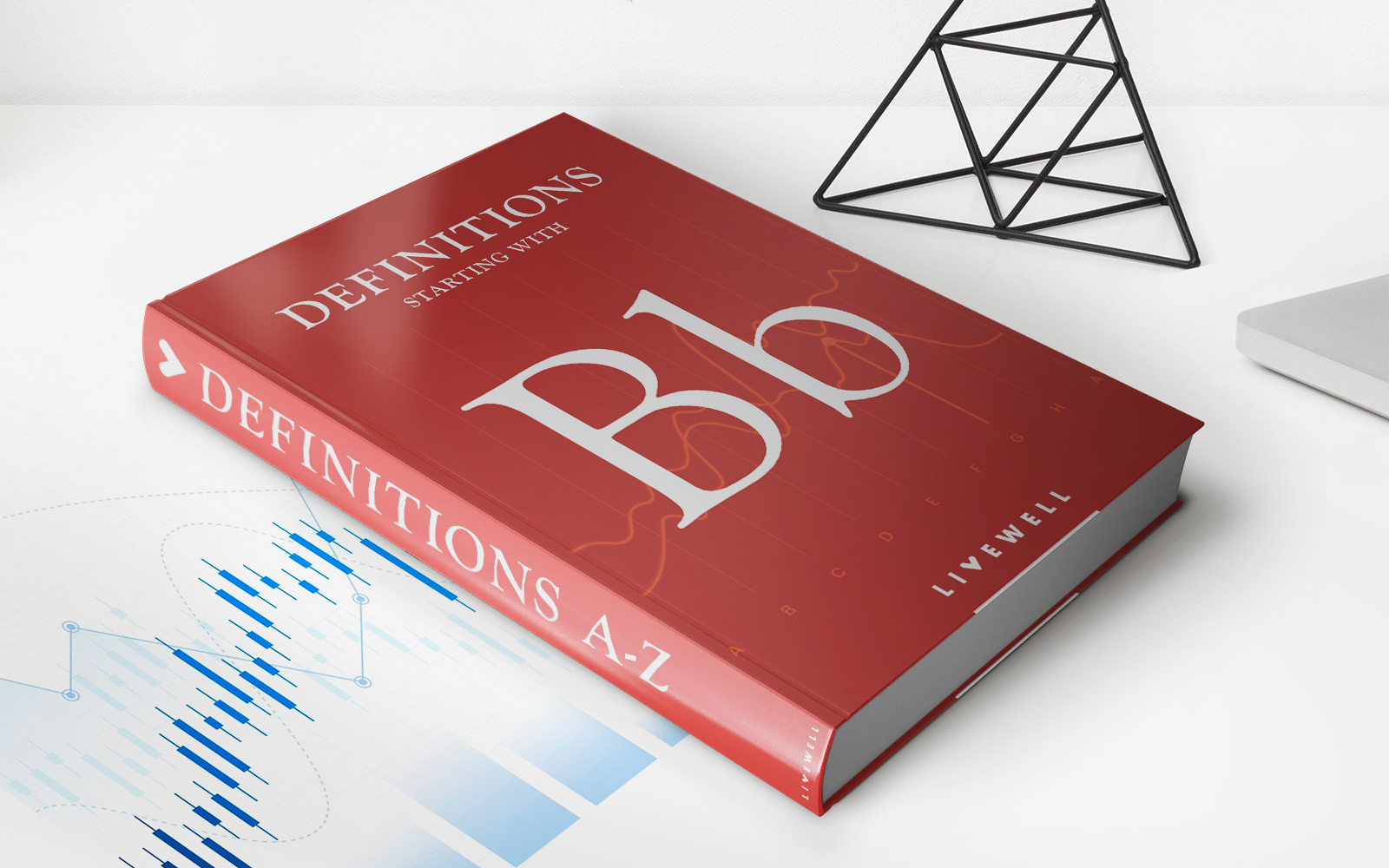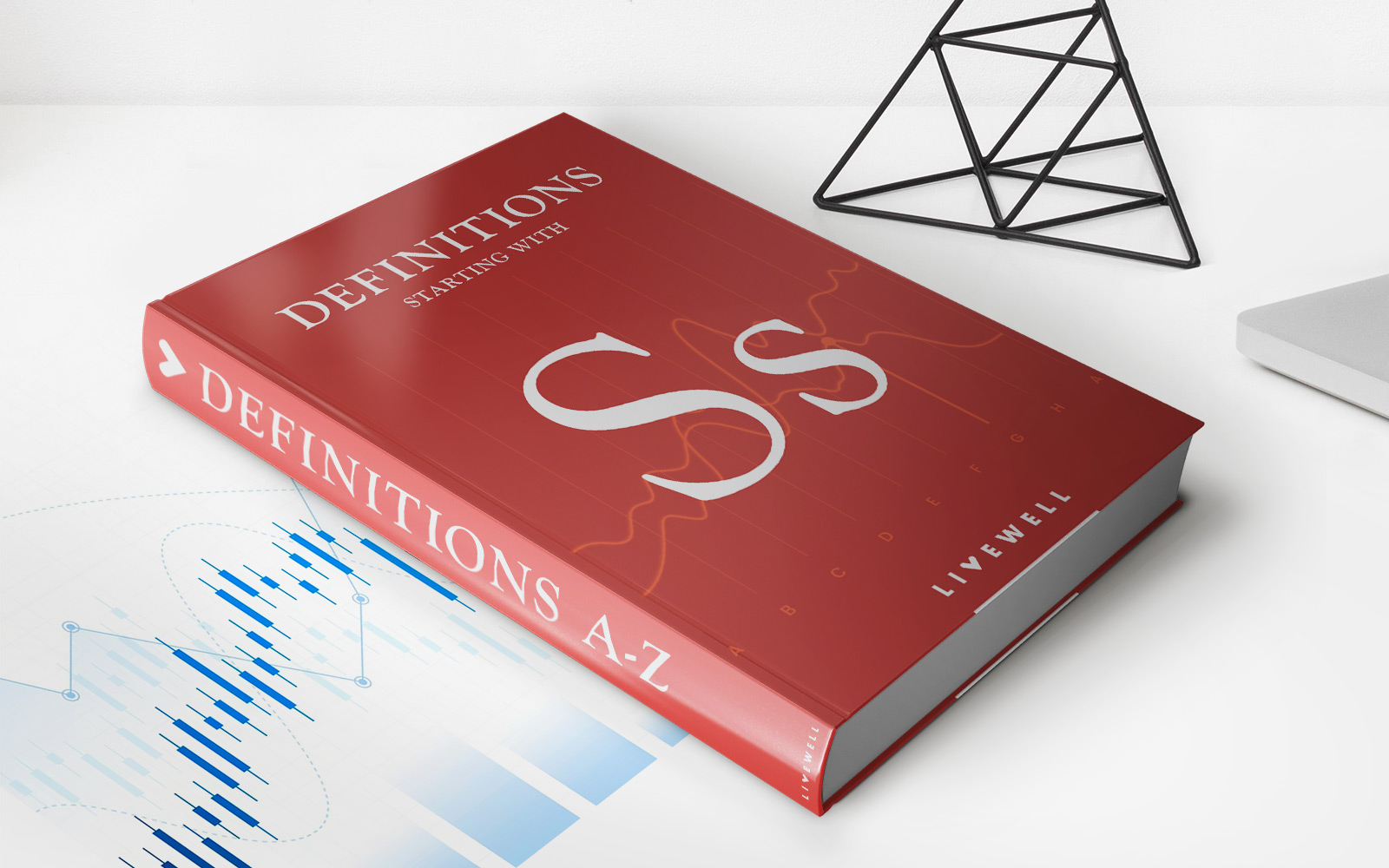

Finance
Stochastic RSI – StochRSI Definition
Published: February 2, 2024
Learn about Stochastic RSI, its definition, and its role in finance. Understand how StochRSI can be a valuable tool for analyzing stock market trends and making informed investment decisions.
(Many of the links in this article redirect to a specific reviewed product. Your purchase of these products through affiliate links helps to generate commission for LiveWell, at no extra cost. Learn more)
Demystifying Stochastic RSI – StochRSI Definition
When it comes to finance, keeping track of market trends and indicators is crucial for making informed investment decisions. One such indicator that has gained popularity among traders is the Stochastic RSI (StochRSI). In this blog post, we will demystify the StochRSI definition and explain how it can help you analyze and forecast market movements.
Key Takeaways:
- StochRSI combines two popular technical indicators, the Relative Strength Index (RSI) and the Stochastic Oscillator, to provide a more comprehensive analysis of market conditions.
- By incorporating both momentum and overbought/oversold conditions, StochRSI helps traders identify potential reversal points and determine the strength of a trend.
So, what exactly is StochRSI? Well, it is a technical momentum indicator that measures the level of the RSI relative to its high-low range over a specified period of time. By default, the StochRSI uses a 14-day RSI and a 14-day Stochastic Oscillator.
Now, you might be wondering why we need to combine these two indicators. The answer lies in their strengths and weaknesses. The RSI is great for identifying overbought and oversold conditions, while the Stochastic Oscillator is useful for gauging momentum. By merging them, the StochRSI gives us a more holistic view of the market.
So how can you interpret the StochRSI? It is typically displayed as a line graph oscillating between 0 and 100. A value above 80 indicates overbought conditions, suggesting a potential reversal or pullback. Conversely, a value below 20 suggests oversold conditions, indicating a potential upward price movement.
Here are a few key advantages of using StochRSI in your market analysis:
- Identifying potential reversal points: The overbought and oversold conditions of the StochRSI help traders pinpoint potential reversal points in a trend, allowing them to enter or exit positions at more favorable prices.
- Determining trend strength: By analyzing the StochRSI’s movement within the 0-100 range, traders can assess the strength and duration of a trend. Values remaining high suggest a strong trend, while values oscillating near the extremes indicate a weak trend.
It’s important to note that like any technical indicator, the StochRSI has its limitations. It can give false signals in ranging or consolidating markets, and it’s always recommended to use it in conjunction with other analysis tools.
In conclusion, the Stochastic RSI (StochRSI) is a powerful technical indicator that combines the strengths of the RSI and Stochastic Oscillator. It can help traders identify potential reversals, determine trend strength, and make more informed investment decisions. However, it should be used in conjunction with other analysis techniques to ensure accurate predictions.

